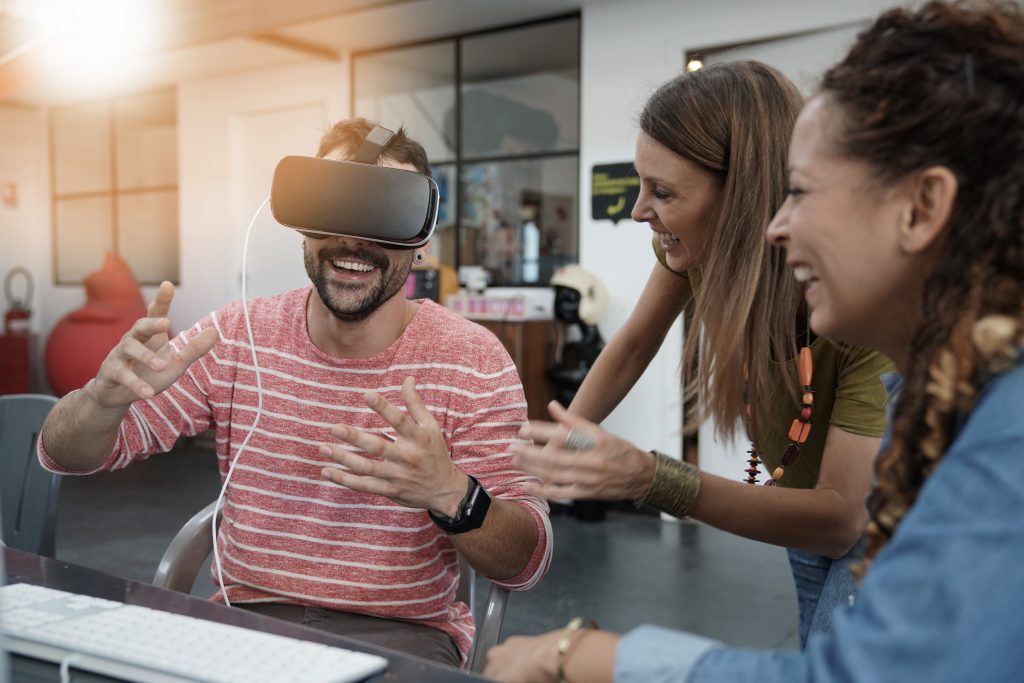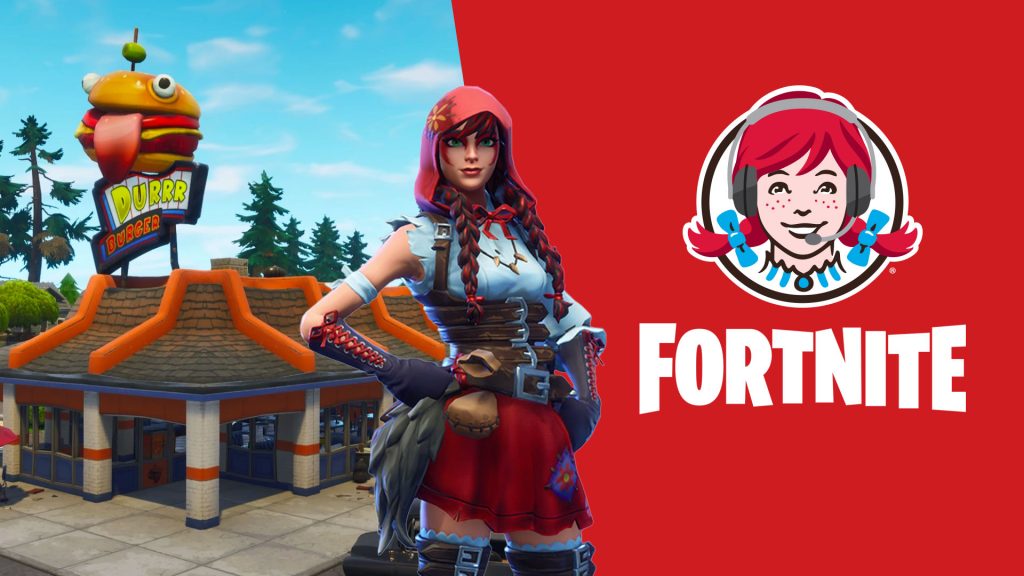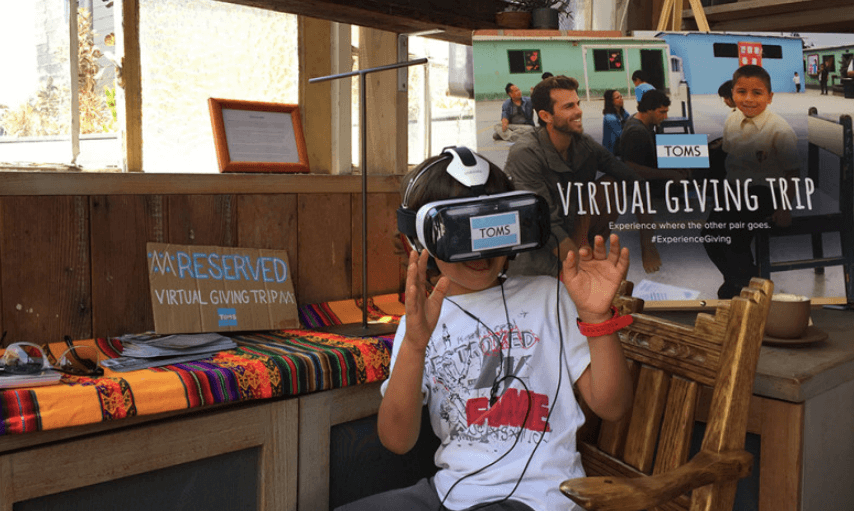Since its launch, partnership marketing has found a way to evolve through the ingenuity with which a partnership can be sealed. Beyond the usual collaborations between two brands to achieve a joint action, today’s partnership marketing techniques amaze consumers around the globe.
You may be familiar with the VR advertising in the 3.0 marketing era. Virtual reality marketing is not a new toy, and it has been borrowed by several industries, cinematography making no exception. But when it came to marketers, it really revolutionized the customer journey.
Through virtual reality marketing, brand partners can reach a whole new level without bearing the physical boundaries for growing an audience. Technology will provide real-time answers, and leverage data that will allow marketers to identify customers for an immersive experience as part of a mutual brand strategy
Why’s VR advertising so popular?
Besides everything else, people love a good experience. As technology develops and its impact grows, virtual reality advertising grows in popularity because it puts people in the middle of the story and it makes it personal.
Virtual reality marketing opens the door to tailored ad experiences that are unique to everyone. VR allows users to experience a certain environment, using software that creates real images, as if the user were right there.
With VR advertising, everyone can imagine themselves doing actions that are not really happening, but that will feel real. Want to be driving your dream car, being a part of an exclusive event or having access to a new experience? Virtual reality advertising ensures more personalized customer relationship with the brand
Virtual reality marketing as partnership marketing technique

Brands have realized that virtual reality advertising in partnership with another company can be the next hit in generating amazing sales and marketing actions. And due to Covid situation, VR marketing can replace the real world in a 360 degrees view – usually through headsets with special lenses.
By that, VR advertising bridges the gap between experience and action. It creates a fully rendered digital environment that goes for promoting mutual products from two partners and it can also showcase development to spark interest in consumers. This can elicit investment from prospects but also allow for open feedback. With this kind of immersive experience, consumers are choosing to interact with both brands.
Before raising your eyebrows, let’s dive into some powerful examples of businesses that have found success in making their move on merging VR advertising with partnership marketing and creating altogether a scene to be watched.
Wendy’s Keeping Fortnite Fresh

Wendy’s used virtual reality marketing to engage with gamers in Fortnite’s virtual world. Although this is not quite a VR advertising experience requiring a headset, the Wendy’s still leveraged a virtual world to market its product and tell a story.
At one point in Fortnite’s online storyline, players were prompted to hunt cattle and transport beef to freezers at nearby restaurants to earn coins. This time, an avatar dressed as Wendy appeared on the online battle game that encouraged players to break into restaurants and destroy freezers to keep the meat fresh. By that, Wendy’s proved its values and the company’s promise – to keep it all fresh for their consumer. And by that kind of trick, the consumers were mesmerized by the marketing stunt!
Toms: Virtual Giving Trip

Toms, the shoe company, did in fact a VR advertising campaign combined with a charity initiative. Toms is well known for strong charitable values, donating one pair of shoes to a child in need every time a customer buys a new pair. Using VR headsets, it created The Toms Virtual Giving Trip taking viewers on a trip through Peru.
The experience allowed consumers to visit the children of a school which had received their gifted shoes to see first-hand where their donations were going. Through the power of VR technology, Toms was able to create a truly intimate and powerful experience.